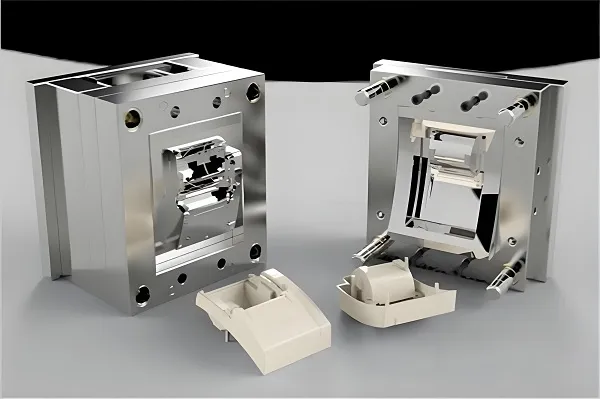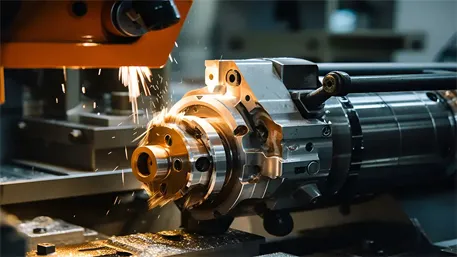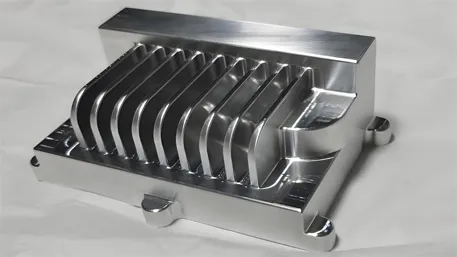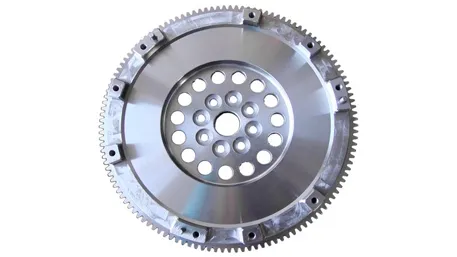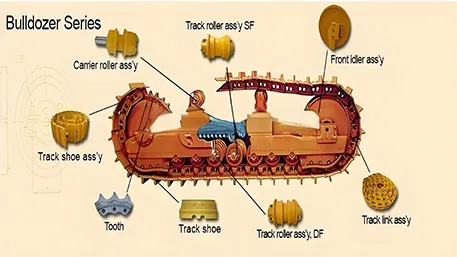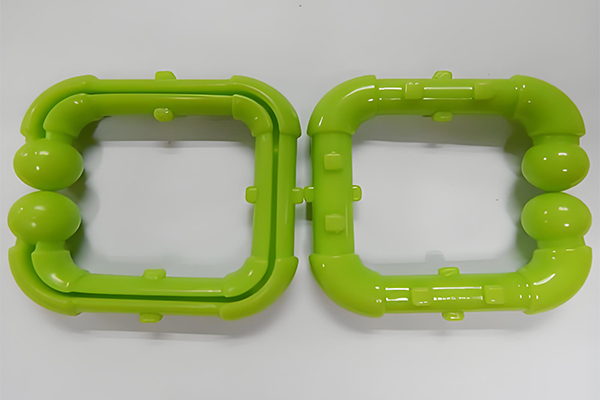With the in – depth penetration of digital transformation into the manufacturing industry, CNC online customization services, characterized by high efficiency, precision, and flexibility, are propelling traditional processing techniques towards intelligent manufacturing. This article delves into the implementation path of CNC online customization services from four aspects: the technical principles of the online customization system, key functions, equipment and technological processes, and intelligent monitoring and data feedback. It also provides guidance and reference in technical practice through the answers to common technical questions.
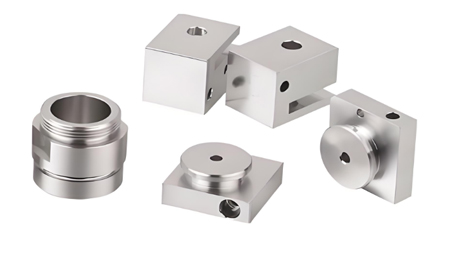
I. Integration and Technical Principles of the Online Customization System
The core of the CNC online customization service lies in seamlessly connecting the design data (usually a CAD model) uploaded by customers with the digital processing workflow, enabling integrated management from design, simulation to processing. The main technical principles include:
Data Transmission and Parsing
Customers upload 3D CAD files through the online platform. The system automatically parses the model data, extracts geometric information, and conducts preliminary optimization. Commonly used file formats include STEP, IGES, and STL. The parsing algorithm ensures that the data is error – free and meets processing requirements.
Digital Process Planning
Based on cloud – based CAD/CAM software, the online customization system automatically generates G – code. This process involves tool – path planning, setting of processing parameters (such as spindle speed, feed rate, and cutting depth), and the design of multi – axis 联动 strategies (multi – axis simultaneous – motion strategies). Typical parameters: The spindle speed ranges from 500 to 12,000 RPM, and the feed rate is 100 – 1,000 millimeters per minute, ensuring that the machining accuracy is within ±0.01 mm.
Real – time Simulation and Virtual Verification
After generating the numerical control program, the system simulates the machining process through the virtual simulation module, verifies the tool path, checks for potential collisions, and ensures the rationality of the process, reducing subsequent processing risks.
II. Key Functions and Advantages of the Online Customization Platform
The CNC online customization platform realizes the full – transparency and optimization of the technological process through digital and automated technologies. Its key functions mainly include:
Automatic Quotation and Schedule Estimation
Based on the complexity of the uploaded file, the selected materials, and process parameters, the system quickly generates a preliminary quotation and an estimated production cycle using preset algorithms. Real – time data statistics show that the quotation response time is usually less than 1 minute, which greatly improves production scheduling efficiency.
Cloud – based Collaborative Design and Feedback
The platform supports multi – party collaborative work. Design engineers, process experts, and production managers can share and discuss processing plans in real – time. Online version control and modification records ensure the accuracy of data at each stage.
Full – process Quality Tracking
Data from every stage, from design verification, processing monitoring to post – processing, is stored in the cloud. Through real – time monitoring by sensors and laser interferometers, the machining error is controlled between ±0.005 – ±0.01 mm, ensuring product consistency and high precision.
III. CNC Equipment and Online Customization Technological Process
The online customization service integrates a variety of CNC equipment, covering the entire process from initial cutting to finishing:
1. Introduction to Main Equipment
CNC Milling Machine: Suitable for planar and surface machining, with a processing range of up to 2000×1000×800 mm and a repeat positioning accuracy of up to ±0.01 mm.
CNC Lathe: Focuses on the processing of rotary parts, with a processing diameter usually within 300 mm and an accuracy control of ±0.005 mm.
Multi – axis Simultaneous Machining Center: Enables four – axis or five – axis simultaneous motion, suitable for complex parts, with a repeat positioning accuracy usually within ±0.005 mm.
EDM Equipment: Used for processing high – hardness and difficult – to – machine metals, with a discharge gap controlled between 0.002 – 0.005 mm.
2. Analysis of the Technological Process
Data Pre – processing: The online platform performs format conversion, repair, and optimization on the CAD model uploaded by the customer to ensure data integrity.
Tool – path and Parameter Setting: Using cloud – based CAM software, cutting parameters are automatically set according to material properties and part geometry. For example, during milling, the recommended cutting depth is between 0.1 – 1 mm to maintain processing stability.
Processing and Real – time Feedback: During the processing, the CNC machine tool feeds back real – time data through sensors to monitor machining accuracy and tool wear. With the online monitoring system, data such as equipment temperature, vibration, and displacement can be recorded and corrected in real – time.
Post – processing and Refinement: The online customization service not only covers rough processing but also integrates post – processing techniques such as automated deburring, polishing, and heat treatment to ensure product surface quality and structural integrity.
IV. Intelligent Monitoring, Data Feedback, and System Optimization
Modern CNC online customization platforms integrate Internet of Things (IoT) technology and big data analysis to achieve full – process intelligent monitoring of the machining process. Key technical data includes:
Temperature and Thermal Compensation
The equipment monitors the real – time temperature of the machine tool through temperature sensors and adjusts the tool path using a thermal compensation algorithm, controlling the thermal deformation error within ±0.01 mm.
On – line Measurement and Feedback
Through high – precision laser interferometers and probe systems, the machined parts are detected in real – time to ensure that the repeat positioning accuracy is between ±0.005 – ±0.01 mm. The data is uploaded to the cloud in real – time for process adjustment and optimization reference.
Predictive Maintenance
Based on sensor data and historical records, the system can predict tool wear and equipment failures, and schedule maintenance plans in advance, reducing downtime and production interruptions.
These data – driven technologies not only improve machining accuracy but also dynamically optimize the production process, achieving full – process automated and intelligent management.
V. Common Technical Questions and Answers
Question 1: How to ensure the accuracy of the numerical control program for online – customized CNC machining?
Answer: The accuracy of the numerical control program depends on the conversion quality of the CAD/CAM software and the setting of processing parameters. The online platform pre – verifies the G – code through the virtual simulation module and combines actual measurement data to ensure that the tool path in the machining process matches the set parameters, thereby controlling the error between ±0.005 – ±0.01 mm.
Question 2: How to address the challenges of different materials during cutting?
Answer: For different materials such as aluminum, steel, stainless steel, and plastics, the platform automatically adjusts the cutting parameters. For example, for hard metals, the feed rate usually needs to be reduced and a smaller cutting depth is adopted; while for plastics and composite materials, the feed rate can be appropriately increased. The use of targeted cooling and lubrication technologies can also effectively reduce tool wear and ensure processing stability.
Question 3: How to avoid collisions and interferences in multi – axis simultaneous machining?
Answer: Multi – axis machining requires meticulous planning of the tool path. The online system identifies potential interference areas in advance through simulation and virtual collision detection functions and automatically adjusts the machining path. In addition, the real – time sensor monitoring system can promptly feedback abnormalities during actual processing and make rapid adjustments.
Question 4: How to achieve automated quality monitoring during the production process?
Answer: The online customization platform realizes the real – time collection and upload of key data during the machining process by integrating high – precision sensors, laser interferometers, and probe detection systems. Using the data analysis and feedback mechanism, the system can automatically detect machining errors, thermal deformation, and tool wear, and adjust processing parameters in real – time to ensure that each workpiece meets the preset quality standards.
Question 5: How to use data – driven methods to optimize CNC machining processes?
Answer: By collecting data such as temperature, vibration, displacement, and tool wear, the system can build a detailed process database. Using big data analysis and machine learning algorithms, the platform can optimize processing parameters, improve tool paths, and formulate predictive maintenance plans, thereby continuously improving processing efficiency and product consistency.
This article provides a detailed analysis of the CNC online customization service from multiple technical aspects such as online customization system integration, key functions, equipment and technological processes, intelligent monitoring, and data feedback. It also provides a systematic answer to common technical questions. These detailed data and process descriptions provide in – depth reference for engineering and technical personnel, helping to achieve more efficient, precise, and intelligent CNC machining solutions.

